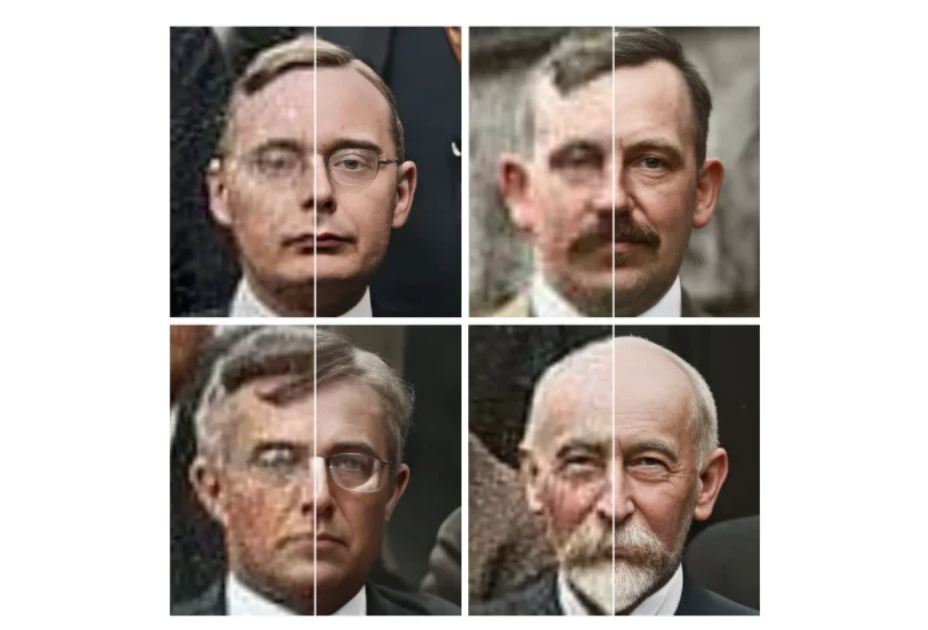使用 TF-IDF 与贝叶斯分类器进行情感分析是一个常见且有效的组合,特别是在文本分类任务中。贝叶斯分类器(通常是朴素贝叶斯分类器)等机器学习模型具有计算简单、效率高的优点,且在文本分类任务中表现良好。接下来,我将详细讨论结合 TF-IDF 和贝叶斯分类器等机器学习模型进行情感分析的实现步骤。
一、使用多种机器学习模型进行情感分析
1.数据准备与加载
我们首先准备好训练数据集。这里假设我们仍使用与之前相同的样本数据,不同的是添加了数据标签以便训练:
import pandas as pddata = {'Text': ["I am very happy with the service","This is terrible, I hate it","What a wonderful experience!","I am so disappointed","Absolutely fantastic! Highly recommend it","Worst experience ever, very sad","I love this product, it’s amazing","This is the best thing I have ever bought","I regret buying this item, very dissatisfied","The quality is poor, I’m upset","Excellent service and very satisfied","Not worth the money, very bad experience","I’m thrilled with the results, highly recommended","This is not what I expected, I feel cheated","Wonderful product, exceeded my expectations","I am frustrated and unhappy with this purchase","Very pleased with the performance, good value","The experience was awful, never buying again","Great quality and excellent service","This is disappointing, I feel let down"],'Label': ['positive', 'negative', 'positive', 'negative', 'positive', 'negative','positive', 'positive', 'negative', 'negative', 'positive', 'negative','positive', 'negative', 'positive', 'negative', 'positive', 'negative','positive', 'negative']
}df = pd.DataFrame(data)2.文本预处理与特征提取(TF-IDF)
使用 TfidfVectorizer 提取文本特征,并将数据集划分为训练集和测试集:
from sklearn.feature_extraction.text import TfidfVectorizer
from sklearn.model_selection import train_test_split# 文本转为TF-IDF特征
vectorizer = TfidfVectorizer()
X = vectorizer.fit_transform(df['Text'])# 标签
y = df['Label']# 划分训练集和测试集
X_train, X_test, y_train, y_test = train_test_split(X, y, test_size=0.2, random_state=42)
3.构建多种分类器
我们将使用以下几种常见的分类器:
- 朴素贝叶斯(Naive Bayes)
- 逻辑回归(Logistic Regression)
- 支持向量机(SVM)
- 随机森林(Random Forest)
from sklearn.naive_bayes import MultinomialNB
from sklearn.linear_model import LogisticRegression
from sklearn.svm import SVC
from sklearn.ensemble import RandomForestClassifier
from sklearn.metrics import classification_report, accuracy_score# 初始化模型
models = {"Naive Bayes": MultinomialNB(),"Logistic Regression": LogisticRegression(),"SVM": SVC(),"Random Forest": RandomForestClassifier()
}# 训练和评估模型
for model_name, model in models.items():model.fit(X_train, y_train)y_pred = model.predict(X_test)print(f"Model: {model_name}")print("Accuracy:", accuracy_score(y_test, y_pred))print("Classification Report:\n", classification_report(y_test, y_pred))print("="*50)
4.结果分析
运行上述代码后,我们将得到每个模型的准确率和分类报告(包括精确度、召回率和 F1 分数)。通过对比这些结果,我们可以判断哪个模型在当前情感分析任务中表现最佳。通过增加训练集,模型能够更好地捕捉不同情感之间的模式和差异(因为训练集数量的原因,这里结果并不是很好)。



5.选择最优模型
根据实际应用场景和具体的评价指标(如准确率、F1 分数等),我们可以选择表现最好的模型用于进一步的部署和预测。一般来说:
- 朴素贝叶斯(Naive Bayes):适合文本分类任务,计算效率高,但对特征独立性假设敏感。
- 逻辑回归(Logistic Regression):适合二分类问题,能够处理线性可分的数据。
- 支持向量机(SVM):在高维空间中表现优异,适合复杂边界的分类任务。
- 随机森林(Random Forest):能够处理非线性数据,具有较强的泛化能力,但计算开销较大。
二、结论与展望
通过对比多种机器学习模型,我们可以全面评估 TF-IDF 在情感分析任务中的应用效果。虽然朴素贝叶斯是常用的基线模型,但其他复杂模型如 SVM 和随机森林在特定情况下可能会提供更好的分类性能。最终,选择合适的模型不仅依赖于准确率,还应考虑计算成本、数据规模和具体应用场景。



















